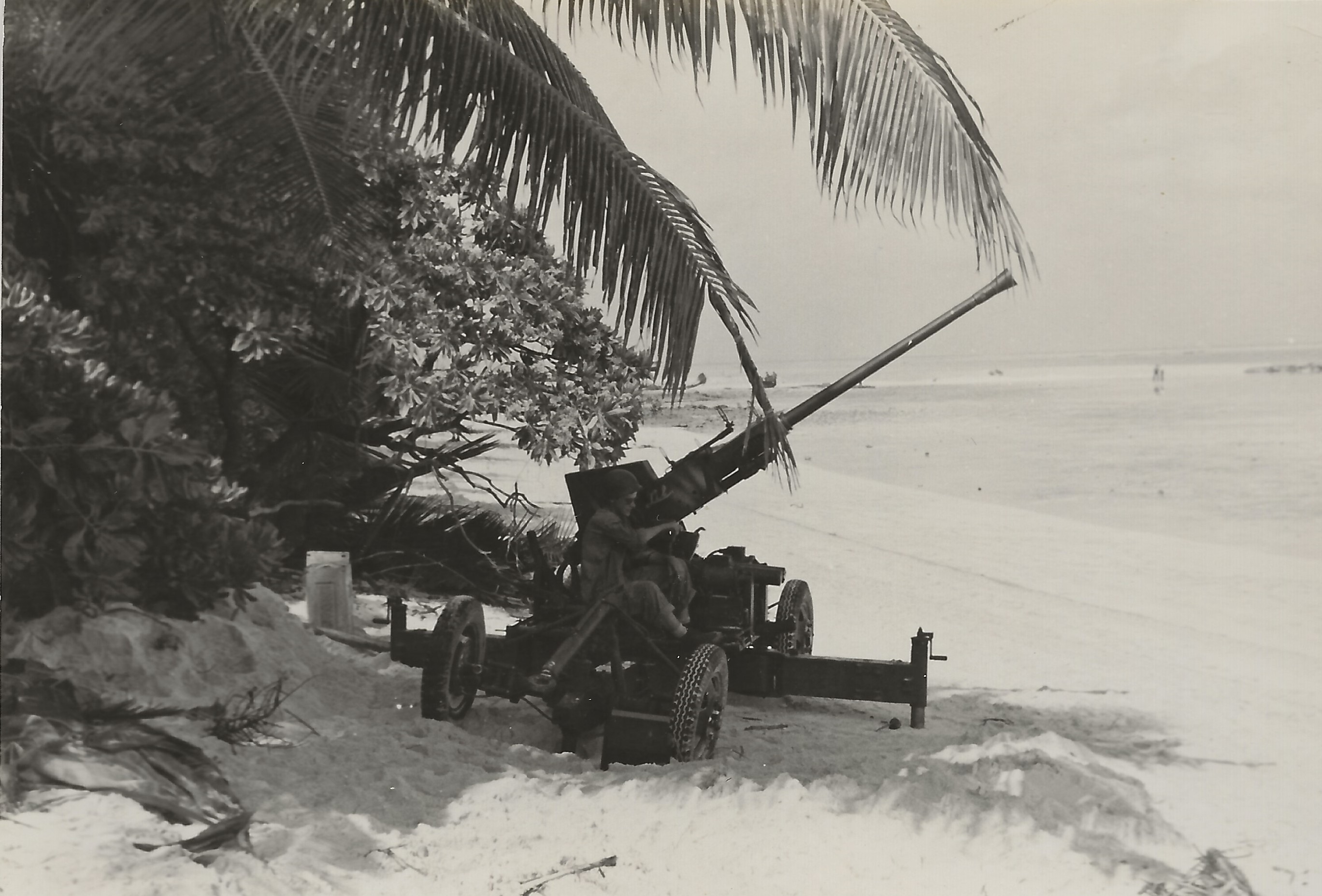Nukufetau Airfield on:
[Wikipedia]
[Google]
[Amazon]
Nukufetau Airfield is a former
 Nukufetau Airfield was built by
Nukufetau Airfield was built by
Pacific Wrecks index: Nukufetau Airfield
{{USAAF 7th Air Force World War II Defunct airports Airfields of the United States Army Air Forces in the Pacific Ocean theatre of World War II Airfields in the Pacific theatre of World War II History of Tuvalu 1943 establishments in Oceania
World War II
World War II or the Second World War, often abbreviated as WWII or WW2, was a world war that lasted from 1939 to 1945. It involved the vast majority of the world's countries—including all of the great powers—forming two opposing ...
airfield on the south-eastern side of Nukufetau
Nukufetau is an atoll that is part of the nation of Tuvalu. The atoll was claimed by the US under the Guano Islands Act some time in the 19th century and was ceded in a treaty of friendship concluded in 1979 and coming into force in 1983. It has ...
on Motulalo Island during the Pacific War.
History
 Nukufetau Airfield was built by
Nukufetau Airfield was built by United States Navy
The United States Navy (USN) is the maritime service branch of the United States Armed Forces and one of the eight uniformed services of the United States. It is the largest and most powerful navy in the world, with the estimated tonnage ...
Seabee
, colors =
, mascot = Bumblebee
, battles = Guadalcanal, Bougainville, Cape Gloucester, Los Negros, Guam, Peleliu, Tarawa, Kwajalein, Saipan, Tinian, Iwo Jima, Philippin ...
s on Motulalo island as an alternative strip to Nanumea and Funafuti
Funafuti is the capital of the island nation of Tuvalu. It has a population of 6,320 people (2017 census), and so it has more people than the rest of Tuvalu combined, with approximately 60% of the population. It consists of a narrow sweep of lan ...
airfields to allow for further dispersal of aircraft in the Ellice Islands (now Tuvalu
Tuvalu ( or ; formerly known as the Ellice Islands) is an island country and microstate in the Polynesian subregion of Oceania in the Pacific Ocean. Its islands are situated about midway between Hawaii and Australia. They lie east-nor ...
). Two intersecting runways formed an "X" shape. On 8 September 1943 the 16th Naval Construction Battalion commenced construction of a fighter strip (3500 feet by 200 feet) and a bomber strip (6100 feet by 220 feet). Nearly 50,000 coconut trees had to be cut down and about 2,000 feet of the runways were built on fill over swamp. The first plane to land on the airfield was a PB4Y Privateer
The Consolidated PB4Y-2 Privateer is an American World War II and Korean War era patrol bomber of the United States Navy derived from the Consolidated B-24 Liberator. The Navy had been using B-24s with only minor modifications as the PB4Y-1 Lib ...
piloted by Major General Charles F. B. Price
Charles Frederick Berthold Price (September 18, 1881 – January 23, 1954) was a Lieutenant General of the United States Marine Corps, who saw service during Cuban Pacification, Spanish–American War, World War I and World War II.
Retired Mari ...
on October 3, 1943. The general conducted a quick inspection of the new airfield and quickly took off again. The airfield was officially opened on October 6, 1943.
United States Marine Corps
The United States Marine Corps (USMC), also referred to as the United States Marines, is the maritime land force service branch of the United States Armed Forces responsible for conducting expeditionary and amphibious operations through combi ...
(USMC) units based at Nukufetau included:
* Navy Bombing Squadron 108 ( VB-108), operating PB4Y-1 Liberators, landed on 7 November 1943
* Marine Attack Squadron 331 ( VMA-331), operating Douglas SBD Dauntless
The Douglas SBD Dauntless is a World War II American naval scout plane and dive bomber that was manufactured by Douglas Aircraft from 1940 through 1944. The SBD ("Scout Bomber Douglas") was the United States Navy's main carrier-based scout/di ...
dive bombers, arrived on 15 November 1943
* 2d Airdrome Battalion - responsible for air defense of the base from August 1943 - March 1944.
United States Army Air Forces
The United States Army Air Forces (USAAF or AAF) was the major land-based aerial warfare service component of the United States Army and ''de facto'' aerial warfare service branch of the United States during and immediately after World War II ...
(USAAF) using the base included:
* 26th Bombardment Squadron operating B-24s from 11 November 1943 – 25 January 1944
* 98th Bombardment Squadron operating B-24s from 11 November 1943 – 20 January 1944
Postwar
The debris from a crashed B-24 Liberator remained on the island. After the Pacific War the airfield was dismantled and the land returned to its owners, however as the coral base was compacted to make the runways the land now provides poor ground for growing coconuts.See also
* USAAF in the Central Pacific * Funafuti Airfield * Nanumea AirfieldReferences
Citations Bibliography * Journal * WebPacific Wrecks index: Nukufetau Airfield
{{USAAF 7th Air Force World War II Defunct airports Airfields of the United States Army Air Forces in the Pacific Ocean theatre of World War II Airfields in the Pacific theatre of World War II History of Tuvalu 1943 establishments in Oceania